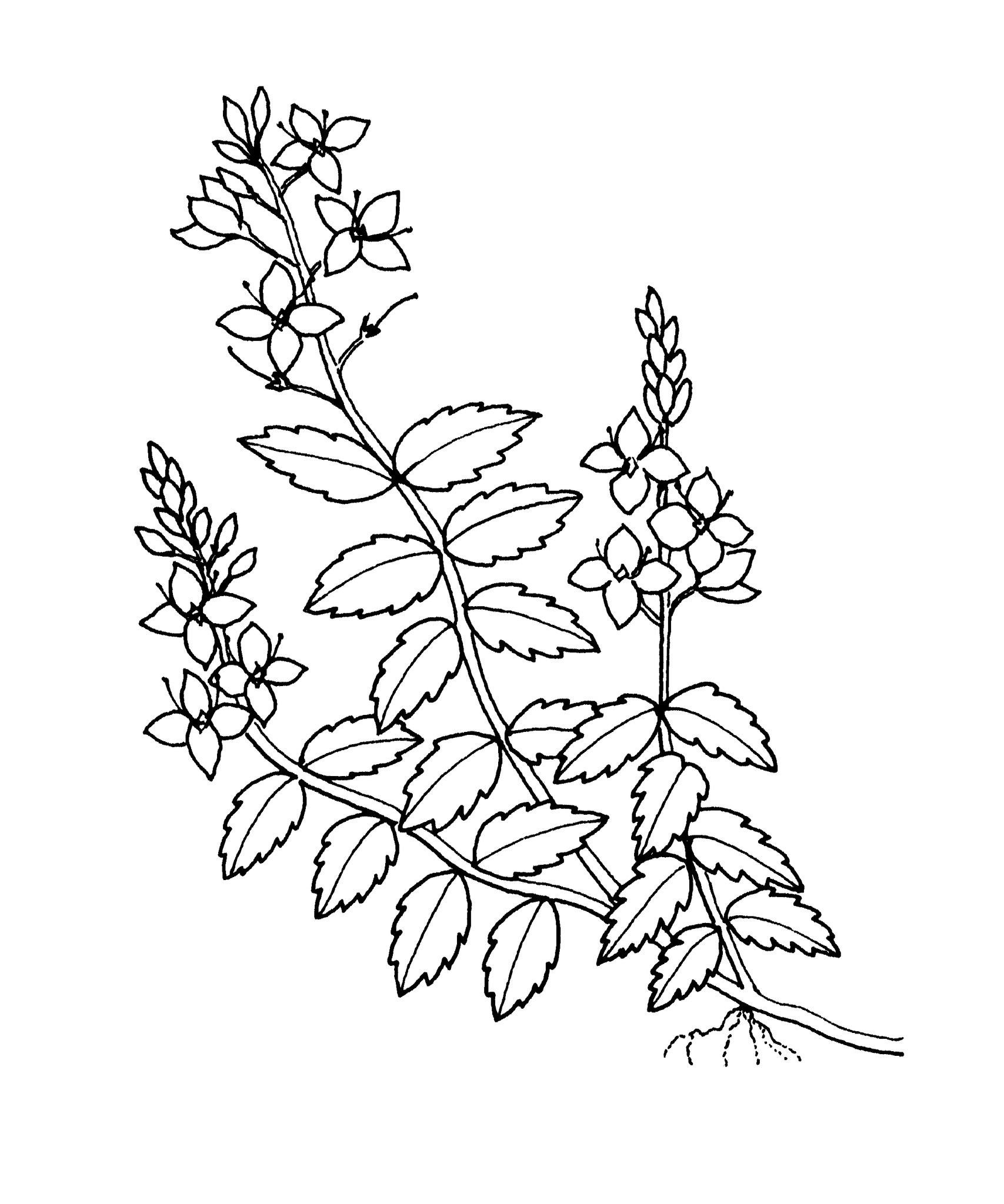
Greek para — beside, Hebe, referring to the similarity of these plants.
Shrubs with woody bases, occasionally low and prostrate. Leaves opposite, generally toothed, stalks absent or short. Flower clusters axillary, rarely solitary. Sepals 4(5). Corolla generally with 4 unequal lobes. Stamens 2, staminodes absent. Fruit capsule laterally flattened, the partition across the short side, occasionally separating into 4 valves, seeds numerous.
Grown for the neat foliage and flower clusters. Plants readily hybridise.
Seed and semi-hardwood cuttings. Herbaceous plants by division.
Similar to Hebe but the fruit capsules laterally flattened, divided transversely.
About 20 species from Australasia. Australia has 1 endemic species.
Briggs & Ehrendorfer (1992), Chalk (1988).
Source: (2002). Scrophulariaceae. In: . Horticultural Flora of South-eastern Australia. Volume 4. Flowering plants. Dicotyledons. Part 3. The identification of garden and cultivated plants. University of New South Wales Press.
